Explanation
Standing grandly above the rocky cliffs of Namgang River is Chokseongnu Pavilion, arguably one of the most beautiful nugak buildings (multi-storied structure without walls) in the Yeongnam region. Chokseongnu (historically known as ‘Jangwollu’) has undergone eight renovations since its establishment in the 28th year of King Gojong (1241, Goryeo dynasty) and was once used as a commanding post for defending Jinju Palace in times of war. During times of peace, it was used for holding state examinations.
Although the structure was burnt down during the Korean War, it was restored in 1960 through the efforts of the Jinju Historical Site Preservation Society. The roof design features a mix of hipped and gabled styles and the stone pillars were built with rocks collected from Chokseoksan Mountain, located in Changwon-si. The wood used for the structure was brought from Odaesan Mountain, situated in Gangwon-do. Noticeable features of Chokseongnu are the four engraved signboards and a board that holds the works of renowned poets and calligraphers. Jinju Namgang Yudeung (Lantern) Festival is held every fall at the Jinjuseong Fortress.
Inquiry
+82-55-749-5171
Homepage
Information Use
Contact and Information : • 1330 Travel Hotline: +82-2-1330
(Korean, English, Japanese, Chinese)
• For more info: +82-55-749-5171
Parking facilities : Available
- Parking lot in front of Chokseokmun Gate (only small-sized cars)
- Gongbukmun Gate Parking lot (Large-sized car: 17 parking spaces / Small-sized car: 15 parking spaces)
- Health Center Parking lot (Large-sized car: 9 parking spaces / Small-sized car: 35 parking spaces)
- Jinjuseong Fortress Parking lot (Tourist bus only: 14 parking spaces)
Hours : 09:00-18:00
More information
Parking Fees
Small cars: 500 won for first 30 min / 200 won for each additional 10 min
Large cars: 1,000 won for first 30 min / 400 won for each additional 10 min
* Tour bus parking at tour bus parking zone: Free
Admission Fees
[Admission to Jinjuseong Fortress]
Individuals - Adults 2,000 won / Teenagers 1,000 won / Children 600 won
Groups - Adults 1,400 won / Teenagers 600 won / Children 400 won
* Groups: 30 people or more
* Free: Preschoolers (ages 6 & under) and senior citizens (ages 65 & over)
Restrooms
Available
Interpretation Services Offered
Advance reservation required
Location
626, Namgang-ro, Jinju-si, Gyeongsangnam-do

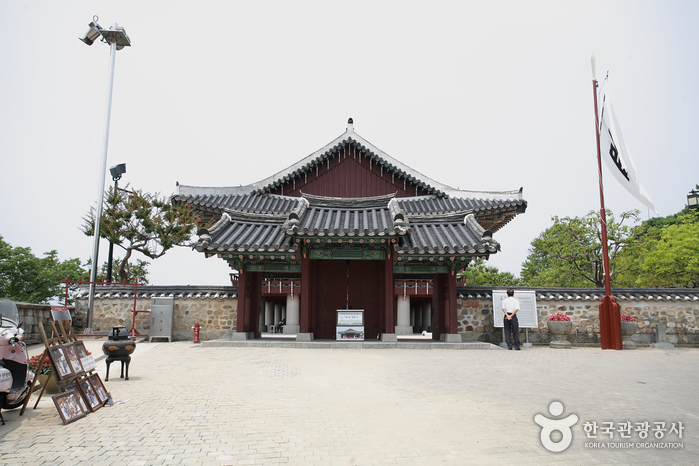
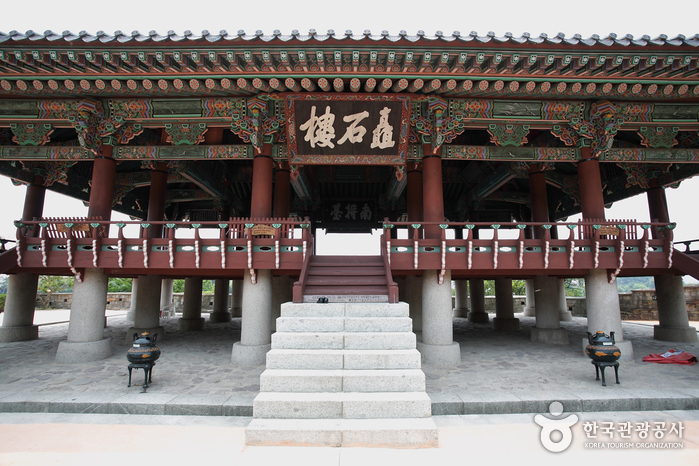
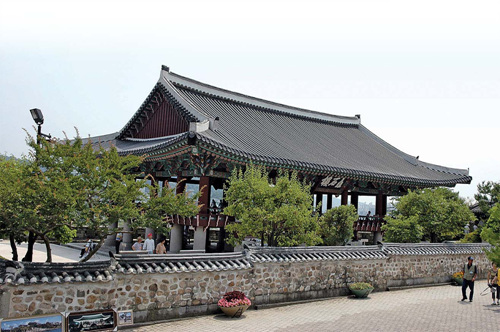
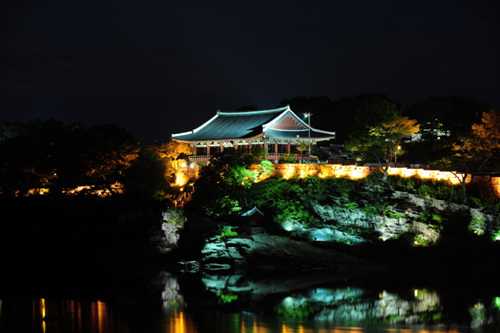
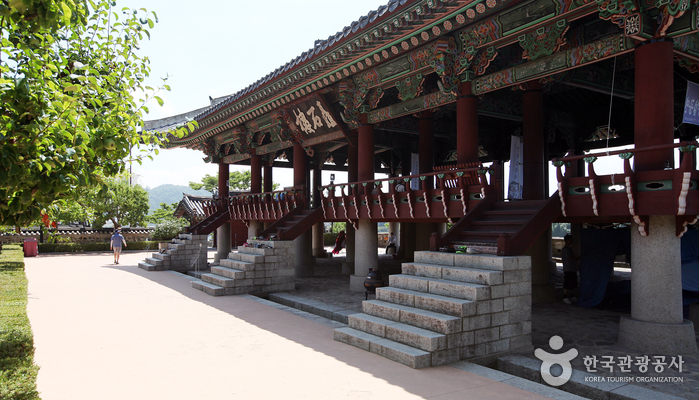
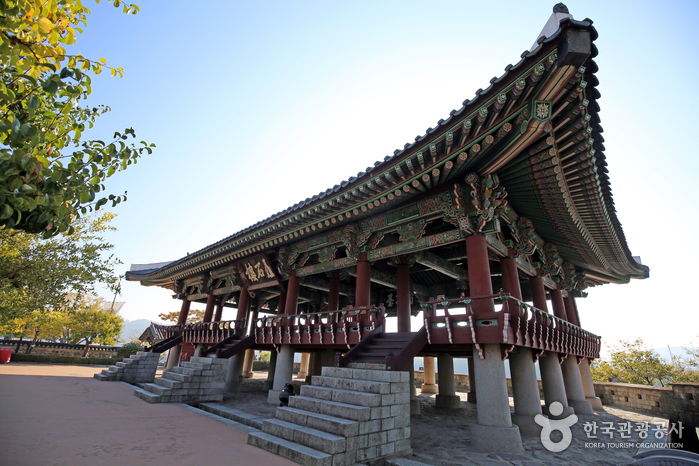
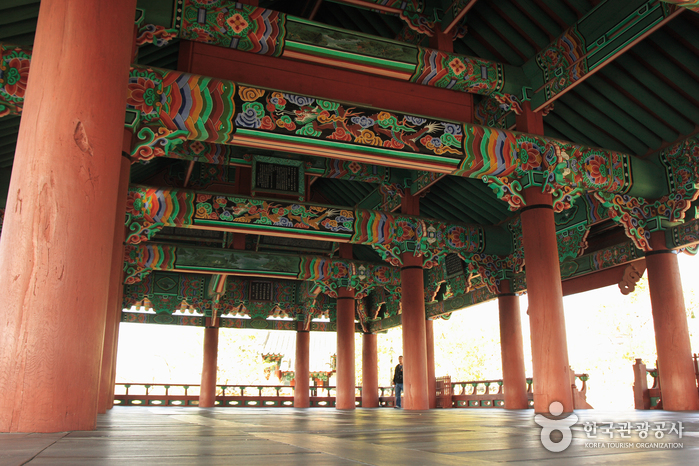
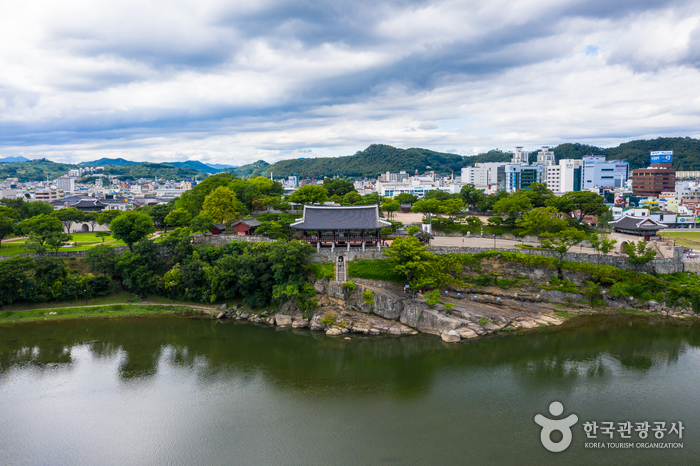
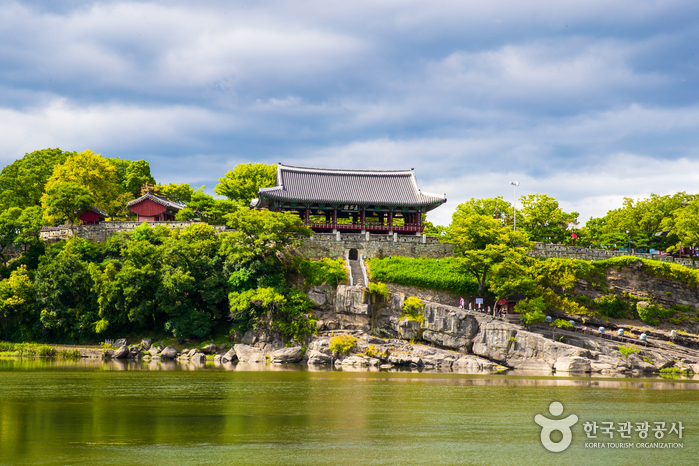
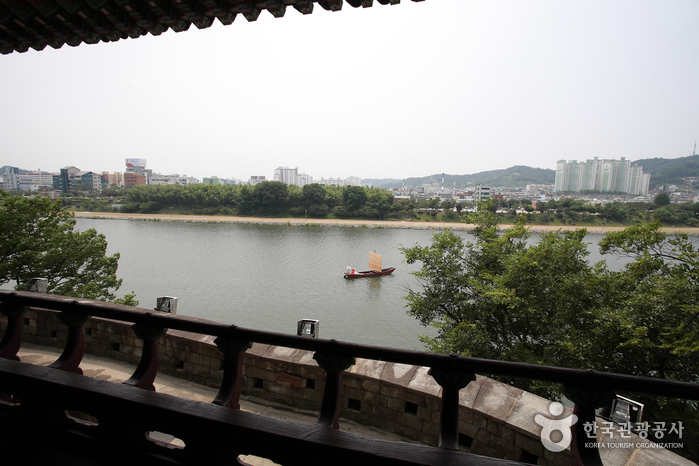
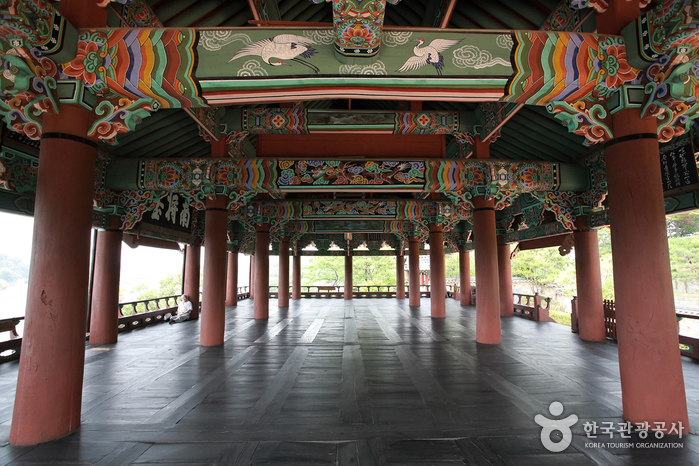

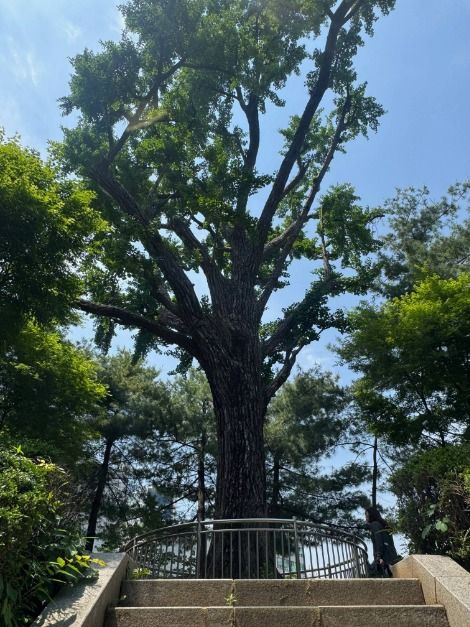
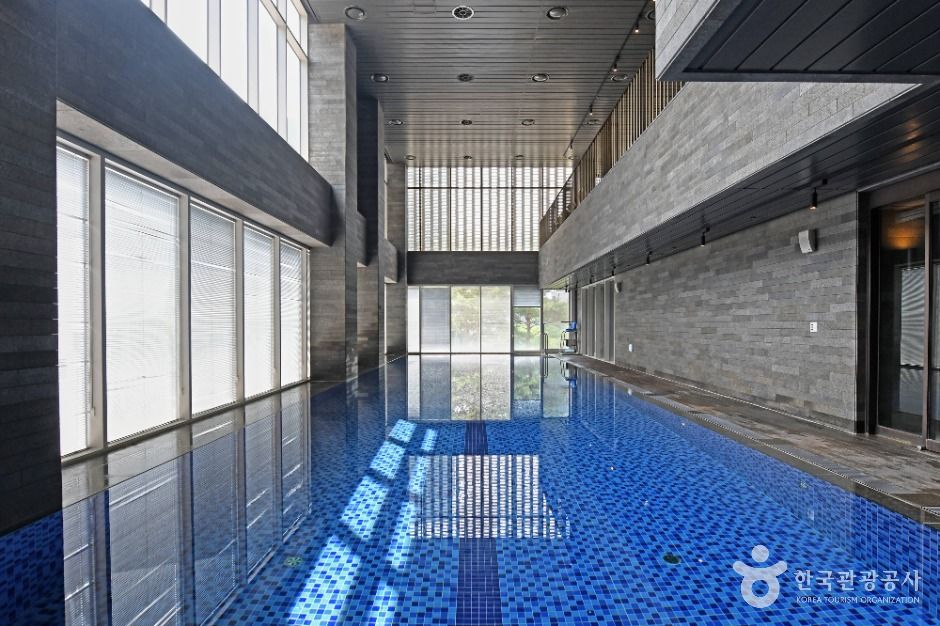
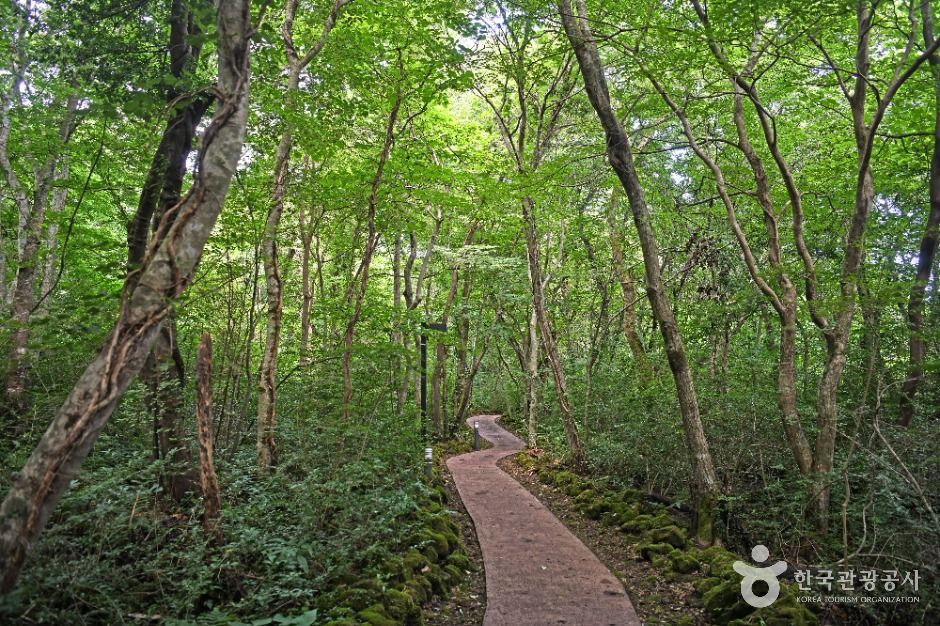
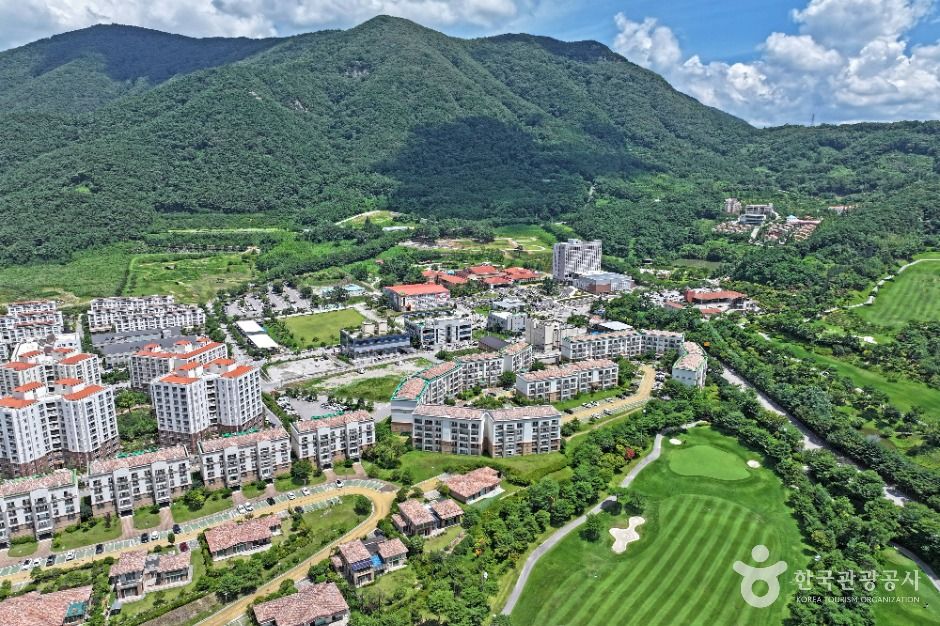
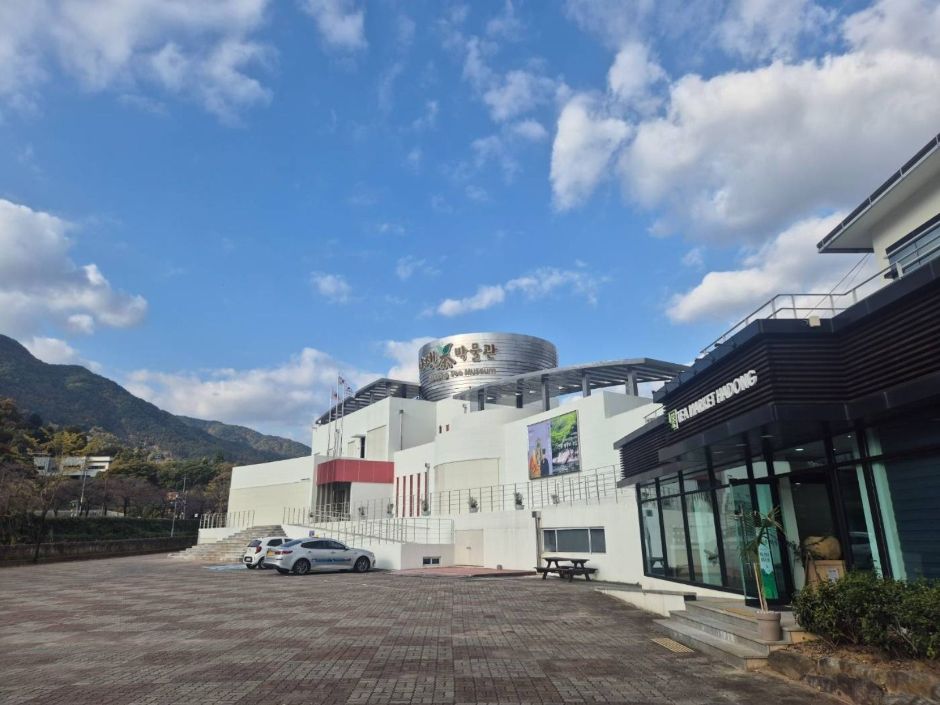
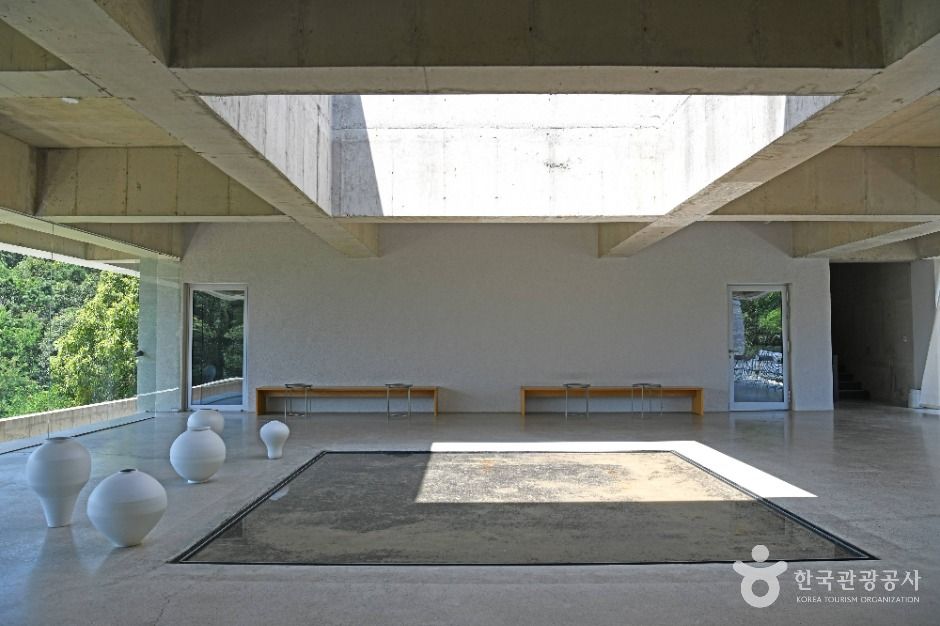


 English
English
 한국어
한국어 日本語
日本語 中文(简体)
中文(简体) Deutsch
Deutsch Français
Français Español
Español Русский
Русский